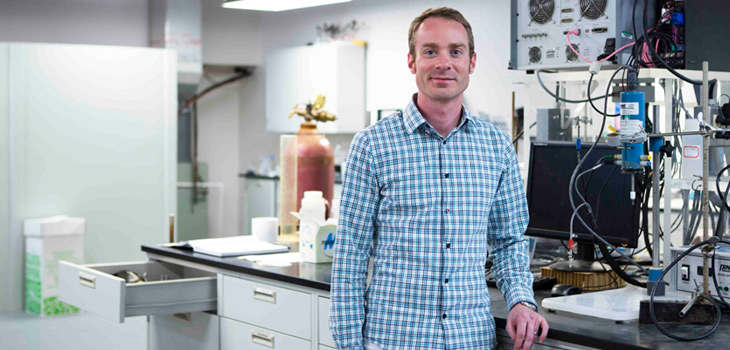 A journal’s impact factor looks at the number of citations within a particular year, but the significance of some research exceeds a one year time frame. To highlight these papers, Google Scholar released their Classic Papers collection, which highlights highly-cited papers that have stood the test of time.
A journal’s impact factor looks at the number of citations within a particular year, but the significance of some research exceeds a one year time frame. To highlight these papers, Google Scholar released their Classic Papers collection, which highlights highly-cited papers that have stood the test of time.
“This release of classic papers consists of articles that were published in 2006 and is based on our index as it was in May 2017,” Sean Henderson, software engineer at Google Scholar, said in a release. “The list of classic papers includes articles that presented new research. It specifically excludes review articles, introductory articles, editorials, guidelines, commentaries, etc. It also excludes articles with fewer than 20 citations and, for now, is limited to articles written in English.”
In the category of electrochemistry, works by ECS members Gleb Yushin, Christopher Johnson, Yuri Gogotsi, and Bernard Tribollet made the list.
Additionally, Michael Graetzel’s 2006 paper published in the Journal of The Electrochemical Society (JES), “Highly Efficient Dye-Sensitized Solar Cells Based on Carbon Black Counter Electrodes,” claimed the number eight spot.
“A journal from a professional society like ECS will look at the value of the science as the value of the science and not necessarily what its pizzazz is at that particular time,” Robert Savinell, editor of JES, told ECS in a recent podcast. “I think that’s one of the reasons we have this 10 year impact factor that’s at the top of the list. We’re looking at quality of the science in the long term.”


 When politicians distort science, academics and scientists tend to watch in shock
When politicians distort science, academics and scientists tend to watch in shock  The U.S. Department of Energy spends
The U.S. Department of Energy spends  From social to natural and applied sciences, overall scientific output has been growing worldwide – it
From social to natural and applied sciences, overall scientific output has been growing worldwide – it  Science funding is intended to support the production of
Science funding is intended to support the production of  While not the only source of science, government funded research plays a huge role in the lives of many individuals. From something as simple as the weather apps underpinned by the National Weather Service to the Food and Drug Administration’s work on
While not the only source of science, government funded research plays a huge role in the lives of many individuals. From something as simple as the weather apps underpinned by the National Weather Service to the Food and Drug Administration’s work on 
 It is becoming increasingly difficult for people – particularly those from the developing world and the global south – to move around the globe. The UK voted “yes” to
It is becoming increasingly difficult for people – particularly those from the developing world and the global south – to move around the globe. The UK voted “yes” to  The French research network on electrochemical energy storage (RS2E) – a public research organization focused on batteries and supercapacitors – has just launched the
The French research network on electrochemical energy storage (RS2E) – a public research organization focused on batteries and supercapacitors – has just launched the 